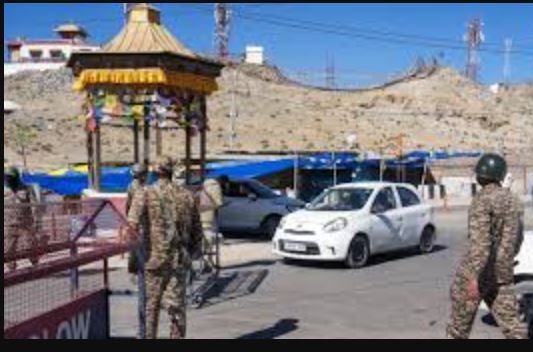Ladakh’s tourism sector has been dealt a severe blow as an indefinite curfew continues following the ongoing uprising that left four people dead and over 150 injured.
Travellers remain confined to hotels while booking cancellations pour in, deepening the crisis for local stakeholders.
The restrictions, imposed on September 24 after clashes during a shutdown called by a constituent of the Leh Apex Body, have paralysed daily life and virtually shut down tourism, a key economic lifeline for the region. Mobile internet services remain suspended, leaving tourists unable to plan or move.
Local hoteliers and transporters said the industry was already hit by cancellations after the April 22 Pahalgam attack in occupied Jammu and Kashmir, and the Leh protests have shattered whatever confidence remained. “The cancellation of advance bookings has been continuing almost daily for the last week. We are facing shortage of supplies, and the town is at a standstill,” said Naseeb Singh, a hotel manager.
Rigzin Dorjey, a transporter, said the tourism sector was still recovering from the fallout of the Pahalgam incident when Wednesday’s protests struck. “Operation Sindoor only worsened matters. Just as tourists had started coming back, everything collapsed again,” he added.
Stranded tourists expressed frustration over being locked indoors. “I came to see Pangong Lake, but I couldn’t even exchange currency or buy food. Everything is closed,” said Sheena, a tourist from Taiwan. Another visitor, Shruti, lamented: “We came to explore Ladakh’s monasteries and culture, but we are just stuck in our rooms.”
Local hoteliers fear further losses if normalcy is not restored quickly. “Each day of uncertainty means lost income for thousands of families,” one hotelier said.
A police official defended the restrictions as “necessary to prevent further disturbances” but admitted that the curfew has brought tourism to a grinding halt.






